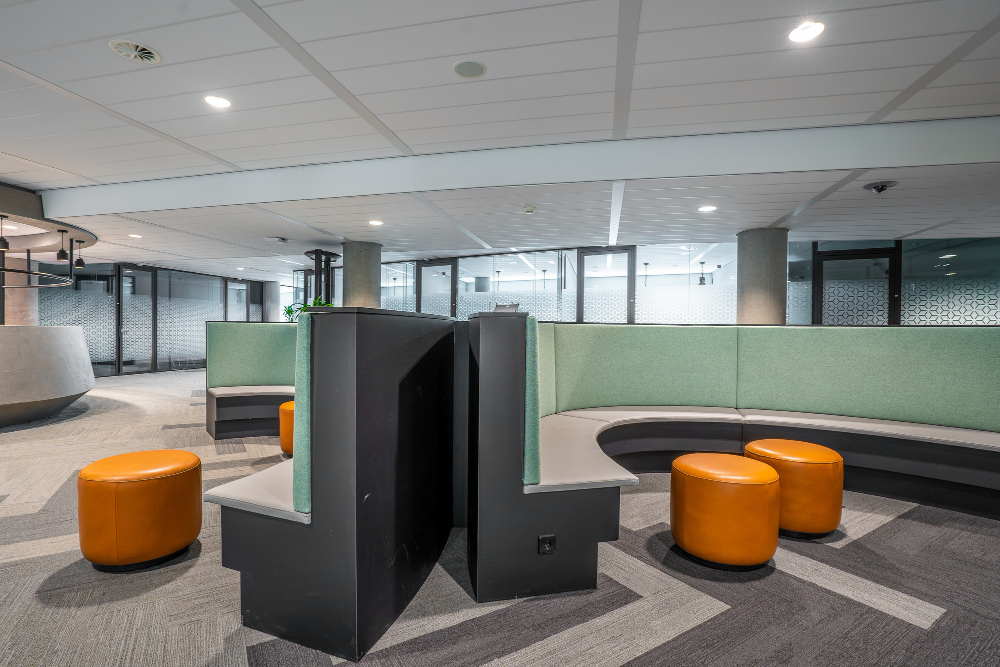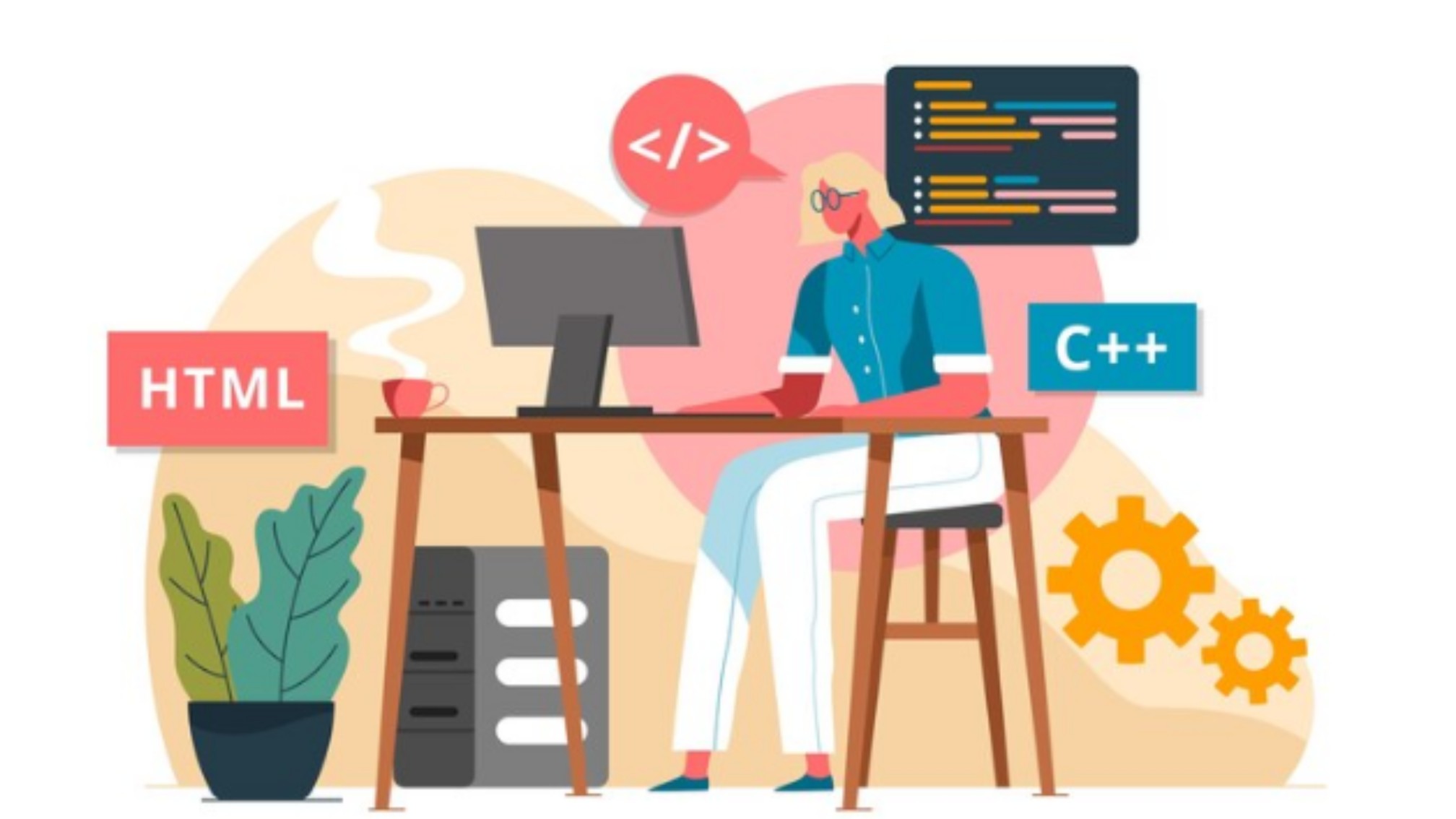
The real estate sector is entering a brand new era that is characterized by integration, intelligence, and ingenuity. The term is used to describe”the “fifth generation” of real estate development this innovative method combines sustainability, technology personalization, data, and sustainability to produce extremely responsive and future-ready properties. If you’re a developer owner, or investor taking these steps is no longer a choiceit’s a must- it’s the norm to grow your business competitively.
This blog will look at the concept of fifth-generation real estate what it is, what it is different from previous phases and how you can apply it to commercial, residential, and industrial properties.
What is Fifth-Generation Real Estate?
Fifth-generation real estate is the incorporation of smart technology and sustainable practices, AI-driven decision-making along with user-centric architecture throughout the entire process of the development and management of properties. Contrary to traditional models for real estate that respond dynamically to changes in user behavior, environmental changes, as well as market demand in real-time.
The Evolution of Real Estate Generations at a Glance
- First Generation – manual construction, a lack of amenities, value based on location.
- 2nd Generation introduction to urban planning, basic zoning and design-focused architecture.
- 3rd Generation Third Generation HTML0 – Utilization of prefab elements, CAD tools along with functional and design.
- Fourth Generation – Real estate portals, digitization as well as sustainability consciousness.
- 5th Generation (Current) – Smart buildings, IoT integration, real-time analysis, ESG-compliant and lifestyle ad-hoc flexibility.
Key Fifth-Generation Tactics for Real Estate
1. Smart Property Design
Modern properties are able to “think” and “respond” by utilizing Internet of Things (IoT) technologies. For example, from automated lighting systems to motion-activated lights smart buildings can optimize energy use, security, convenience, and energy. The incorporation of these features enhances the value of assets and decreases operating costs.
2. AI and Data Analytics for Real Estate Intelligence
AI is changing how properties are purchased, sold and managed. Developers now can utilize advanced analytics for predictive purposes to
- Property value forecast trends
- Find areas of high demand
- Make layouts that you can customize based on the information about your lifestyle
- Dynamically adjust rental rates
This approach based on data guarantees smarter investment decisions and a faster return on investment.
3. Green and Sustainable Building Techniques
Fifth-generation New Jersey Real Estate emphasizes eco-conscious design. Developers employ eco-friendly construction materials such as the use of solar panel systems, harvesting rainwater and innovative insulation systems. Buildings that are constructed with WELL or LEED certifications are attractive to environmentally conscious purchasers and tenants.
4. Virtual and Augmented Reality for Real Estate Showcasing
There is no need for static blueprints. Today, customers can look through properties by using VR tours and AR apps which allow immersive experiences even before any bricks are laid. This helps in pre-sales, and also creates emotional bonds early on.
5. Personalized Living and Working Spaces
Modern real estate doesn’t just have to be about location, it’s about living in harmony. By using behavioral data and data on demographics, homes can be planned with:
- Modular room configurations
- Smart kitchen appliances
- On-demand coworking zones
- Digital concierge services
It’s about designing offices and homes that can be adapted to the needs of people and not the reverse.
6. Blockchain for Secure Transactions
With blockchain technology, fifth-generation real estate guarantees an open, secure and immediate properties sold near me. With tokenized ownership and smart contracting this technology helps build trust in an extremely valuable market.
Applications Across Real Estate Sectors
- Residential Intelligent homes personalized amenities, remote control and wellness-oriented communities.
- Commercial Office buildings that are energy efficient with touchless entry, occupancy sensors and the integration of digital workplaces.
- Retail Analytics of real time foot movement Smart shelf systems and AI-powered inventory management.
- Industrial Warehouses that are connected to the Internet of Things, automated maintenance and digital twin modeling for operations.
Why Fifth-Generation Tactics Matter in 2025
- Property value is increased by incorporating future-proof design
- Lower operating costs by implementing automation
- Improved tenant satisfaction from living spaces that are responsive
- Stronger investor confidence via data transparency
- More regulatory compliance in safety and sustainability
Final Thoughts Redefining the concept of Real Estate using Fifth-Generation Technology
The fifth generation isn’t just an upgrade- it’s a complete reimagining of the way properties are built and used as well as managed. Through combining technology, design that is human-centered, and environmental responsibilities it provides property professionals with the ability to design the future cities and lifestyles. For agencies and developers who are ready to take the lead it’s the right moment to incorporate these strategies in your plan of action. Real estate’s future doesn’t just get built, it’s been planned.






